People in Nga Tan commune (Nga Son) have implemented many solutions to protect aquaculture areas during hot and sunny weather.
Since the beginning of May, the weather has been complicated, with peak heat waves combined with thunderstorms affecting the growth and development of aquatic species. With about 300m2 of ponds for raising snails and frogs, Ms. Nguyen Thi Hoan's family in En Giang village, Quang Hop commune (Quang Xuong) has proactively stretched black nets to reduce heat to maintain stable growth of the animals in the face of hot weather. Ms. Hoan shared: This year, although it is just the dry season, the temperature is quite high, when the outdoor temperature reaches 37-40 degrees Celsius, the water temperature in the pond also increases, causing a lack of oxygen for the animals. If there is no solution to reduce the temperature, it can lead to the death of the animals. Therefore, to overcome the above situation, right from the beginning of the dry season, my family stretched nearly 100m2 of nets to reduce the temperature on the surface of the pond. At the same time, duckweed is added to both feed and create a heat-resistant layer for the snails.
In recent years, Nga Son district has strongly developed aquaculture. The area of traditional and industrial aquaculture has been constantly increasing. As of June 2025, the whole district has 1,798 hectares of aquaculture. Of which, 370 hectares are for saltwater aquaculture, 490 hectares for brackish water aquaculture and 938 hectares for freshwater aquaculture. Thanks to the good application of protection measures in aquaculture, the output is stable at about 10,000 tons/year, and is considered one of the localities with sustainable development in the aquaculture sector.
Director of Nga Son District Agricultural Service Center Nguyen The Huu said: The hot season is the time when aquatic animals are susceptible to heat shock and reduced resistance. Therefore, the District Agricultural Service Center regularly coordinates with specialized agencies of the province to organize training courses and provide technical guidance on farming for people. Accordingly, from the beginning of the dry season, farmers have organized to harvest and reduce the density in ponds. At the same time, the pond must always be kept clean, provided with enough water, microorganisms, minerals, and well-protected for the animals to adapt and ensure their development. In addition, to prevent pathogens from outside from entering the farming area, it is necessary to use epidemic prevention measures around the farming area with lime powder and aquaculture disinfectants such as Inodin, Be Ca C...
Present at the freshwater fish farming area of Nga Hai commune (Nga Son), we noted that households have proactively implemented many solutions to combat the heat such as stretching tarpaulins, increasing water levels, and arranging additional water fans to create oxygen in the ponds. Mr. Thinh Van Nguyen, a local fish farmer, said: "During the spring-summer aquaculture season, my family released more than 2,000 square meters of freshwater fish ponds. In recent days, the hot weather has directly affected the fish's metabolism, the amount of oxygen in the pond has decreased, and there is a risk of some toxic gases and toxins in the ponds affecting the growth of the fish. Therefore, I have arranged water fans to create oxygen in the ponds to ensure stable fish growth in hot weather".
According to statistics from the Department of Agriculture and Environment, by June 2025, the province's aquaculture area was 19,200 hectares, reaching 100% of the plan. Of which, the brackish water shrimp farming area was 4,200 hectares, saltwater farming 1,000 hectares, and freshwater farming 14,000 hectares. According to forecasts, from June to July is a period of erratic weather, hot weather alternating with thunderstorms, causing environmental factors such as temperature, salinity, and alkalinity to fluctuate greatly, reducing the health and disease resistance of farmed aquatic products. Therefore, to ensure efficiency in aquaculture and limit damage, the agricultural sector is coordinating with localities to guide people on farming processes and techniques, and overcoming hot weather. In particular, for freshwater ponds, it is necessary to add duckweed or use sunshade nets (higher than 2m above the water surface) to cover 1/2 - 2/3 of the pond surface area to limit sunlight radiation, stabilize the water temperature in the pond, and avoid causing shock to the cultured objects. Reduce 30 - 40% of the amount of food when the weather is hot above 35 degrees Celsius; add vitamin C, minerals, and biological products to the food to increase the resistance of aquatic products.
For aquaculture in cages, farmers need to limit new releases and collect cages without aquaculture to create ventilation for the water surface when the weather is hot and sunny. Regularly check the environment and activities of aquaculture, especially in the early morning and late afternoon. Early detection of unusual signs and timely handling, proactively harvesting aquaculture when it reaches commercial size. For industrial farming, increase aeration, water fans, use probiotics, digestive enzymes, vitamin C, minerals mixed into feed and sprayed directly into the pond to increase resistance, improve the water environment, prevent and control diseases for aquaculture...
Article and photos: Le Hoa
Source: https://baothanhhoa.vn/bao-ve-dien-tich-nuoi-trong-thuy-san-mua-nang-nong-252273.htm




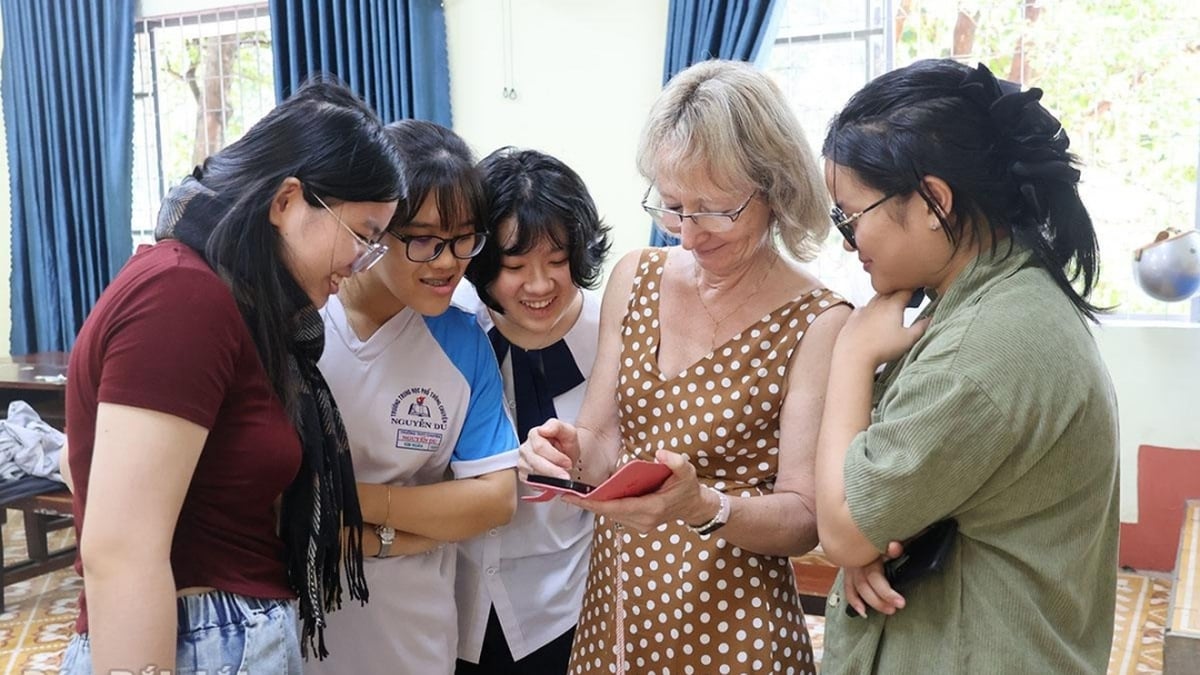

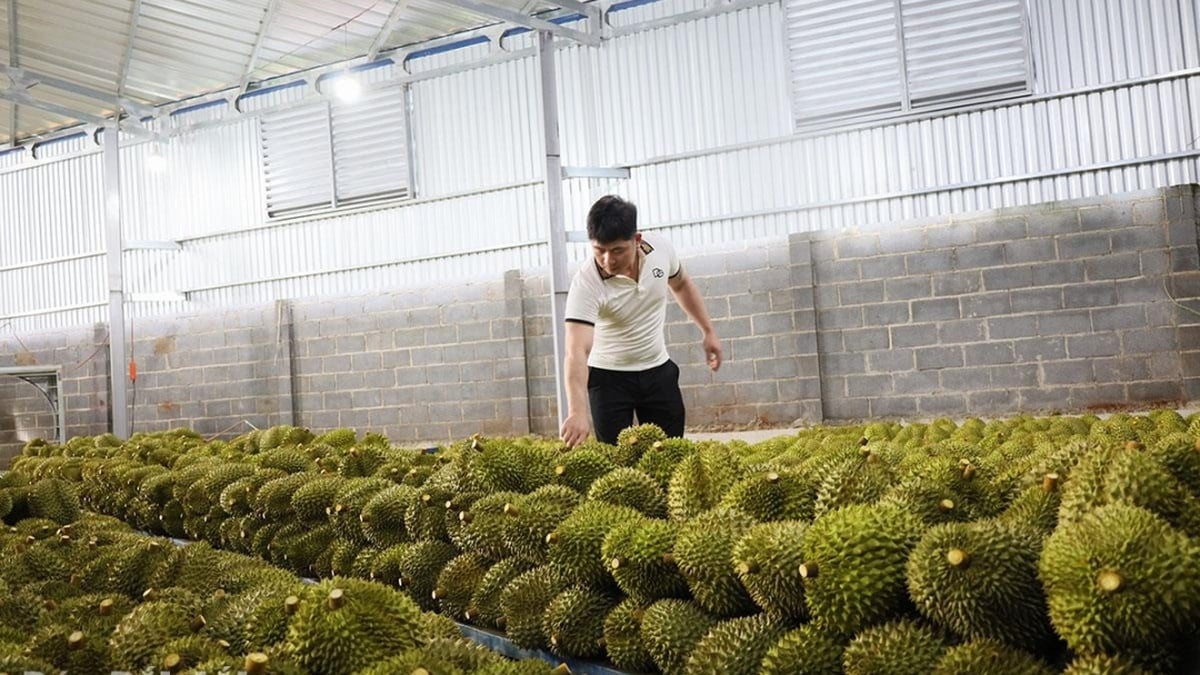

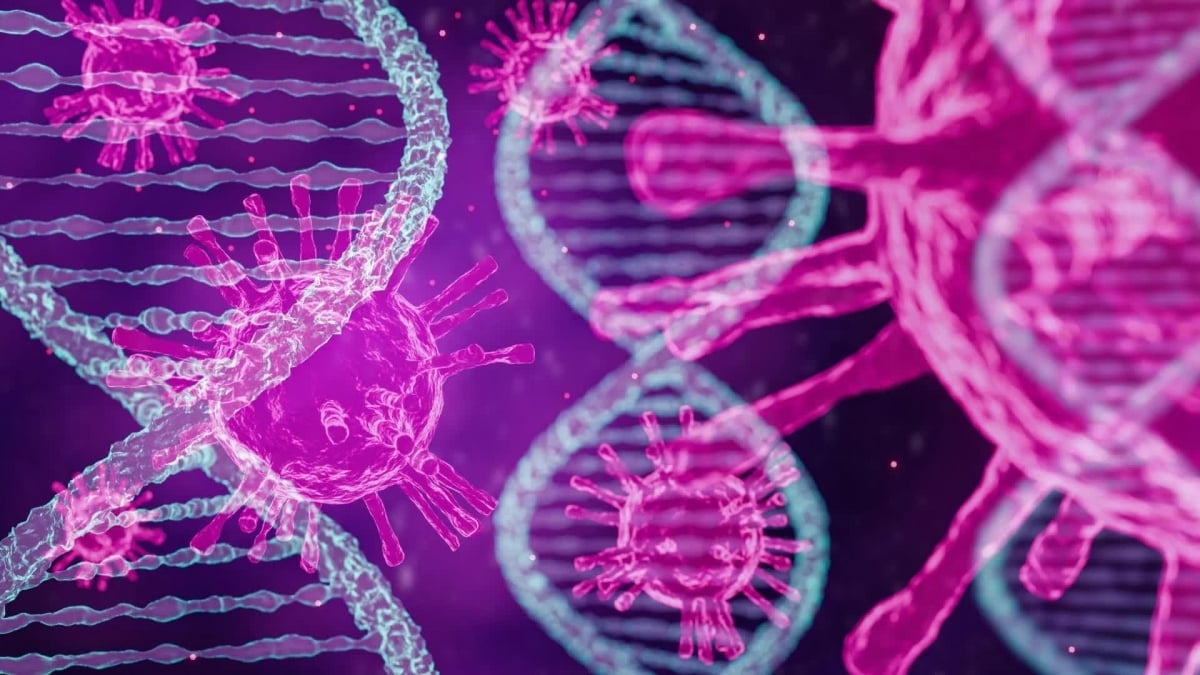

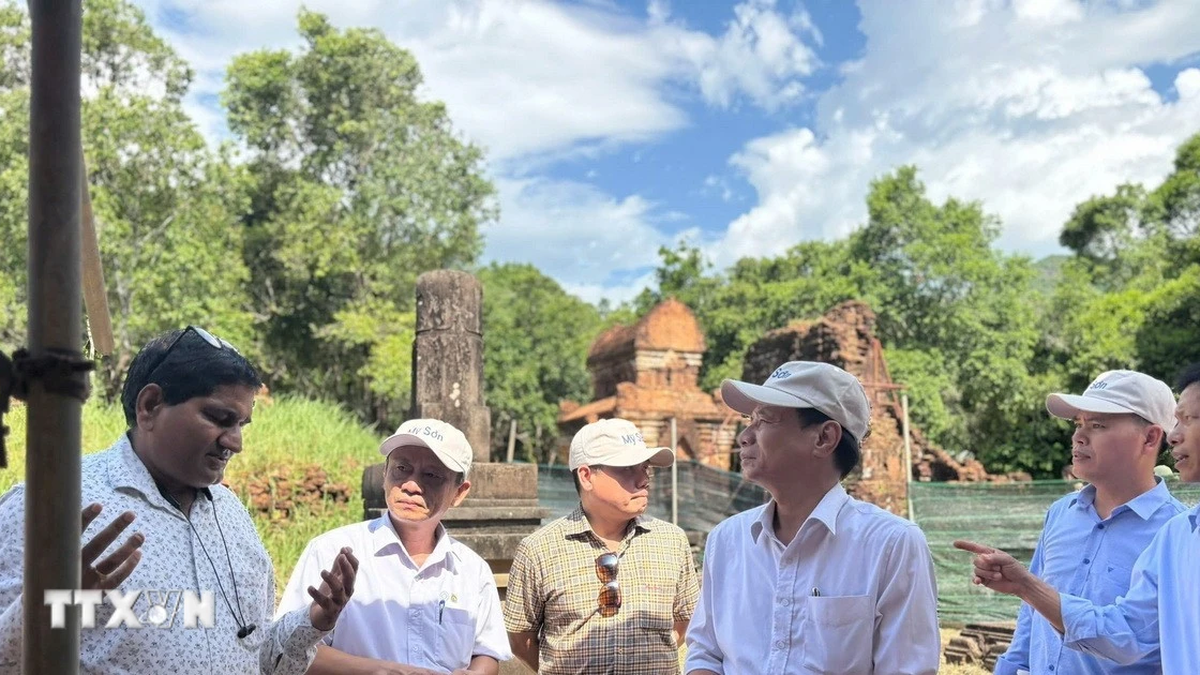
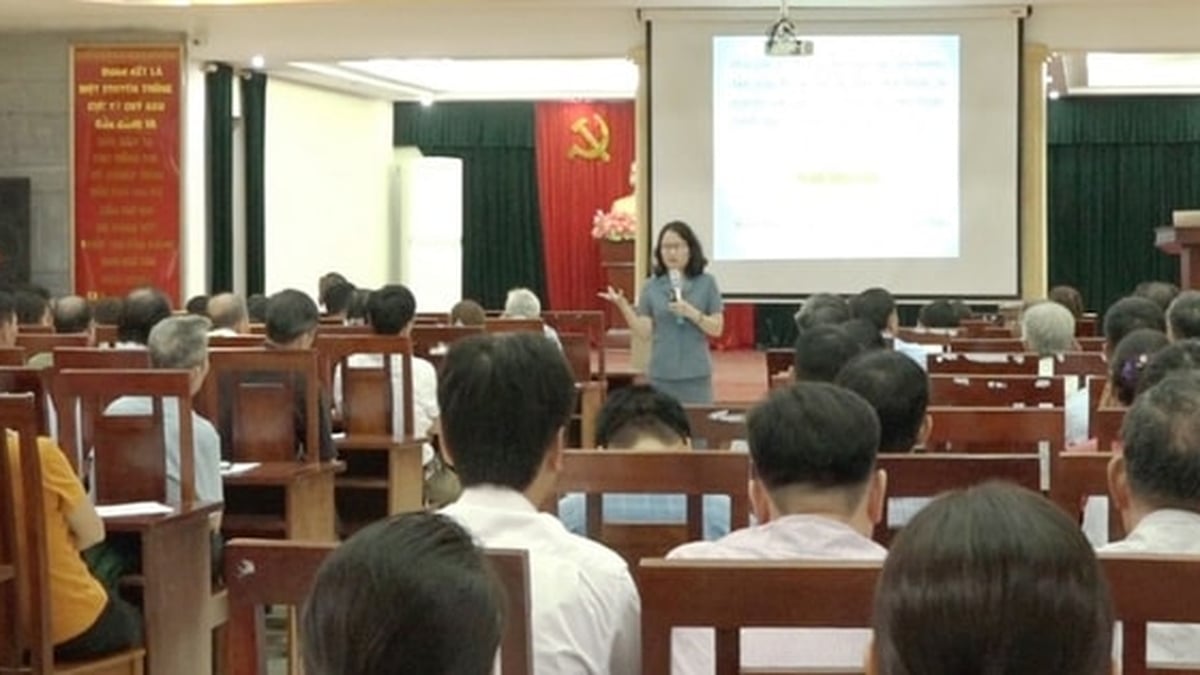
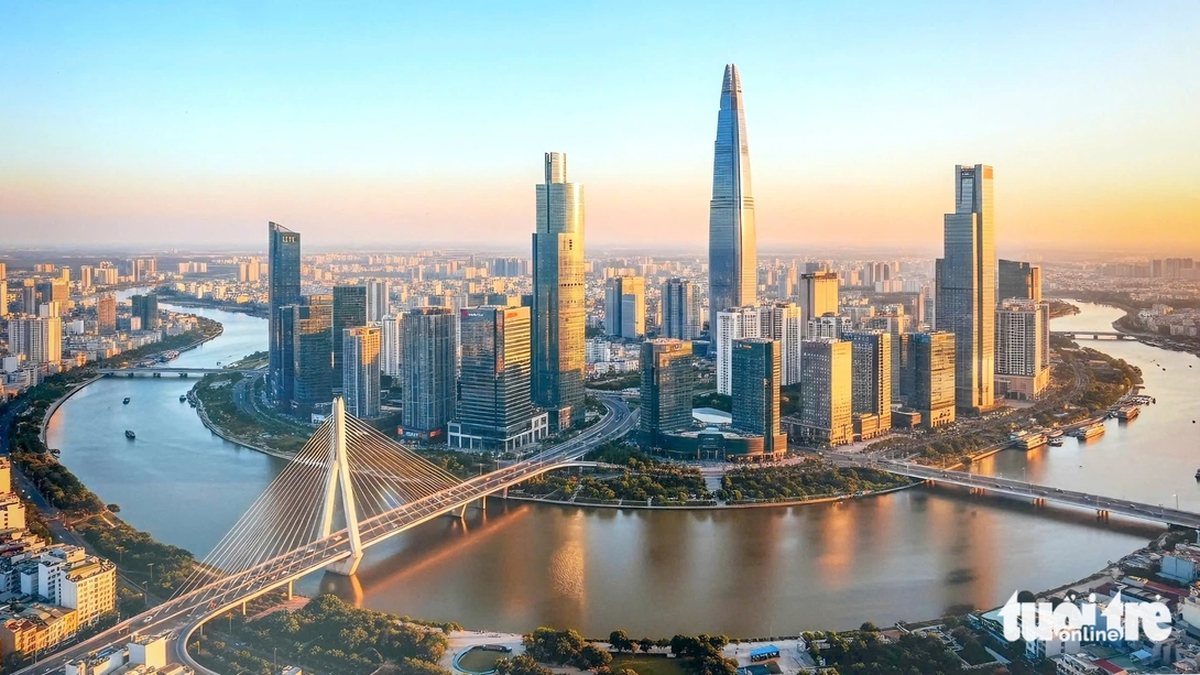












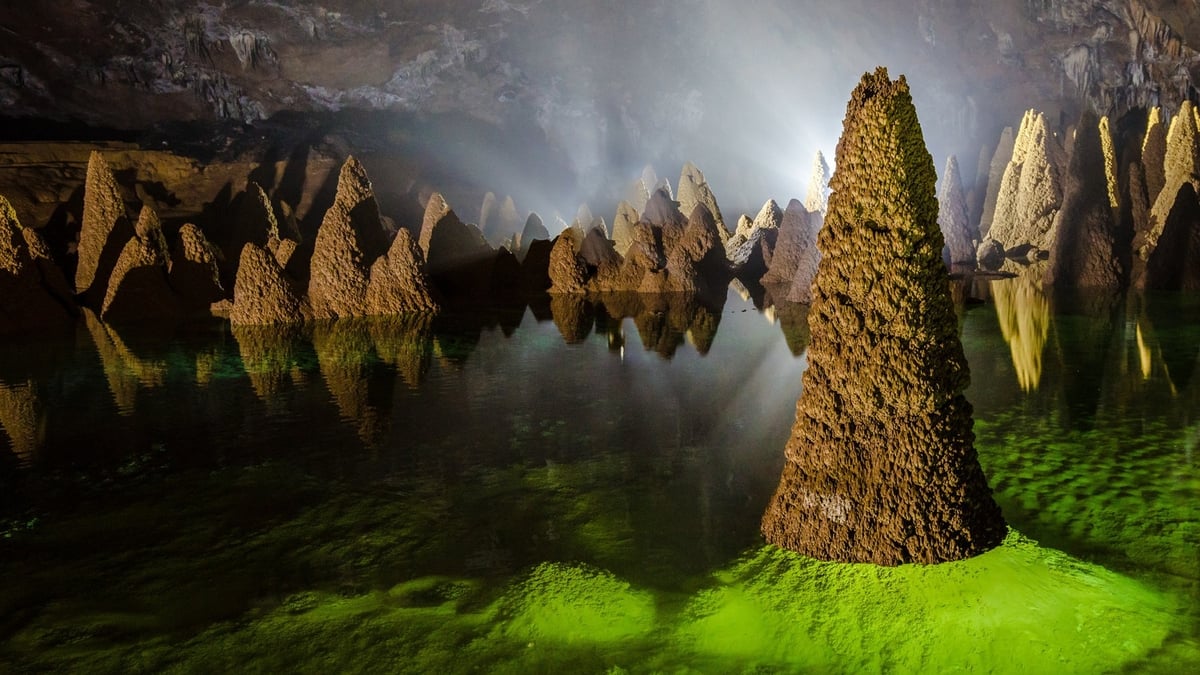

















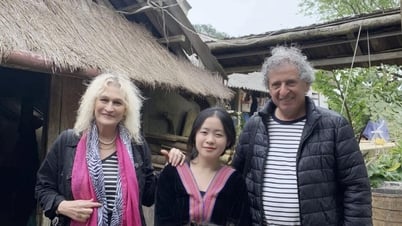





















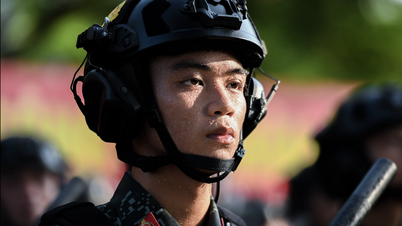
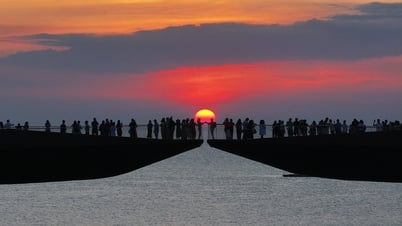

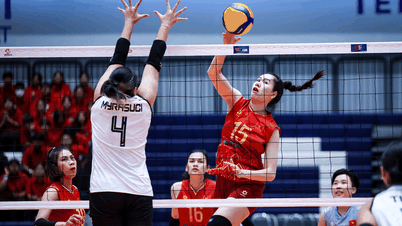































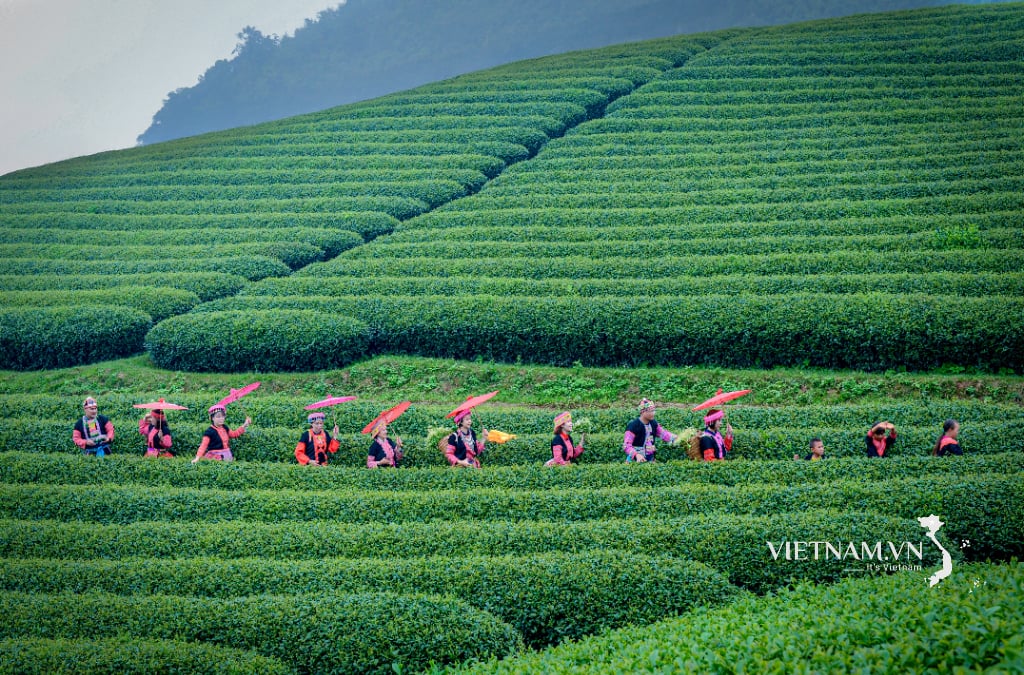
Comment (0)